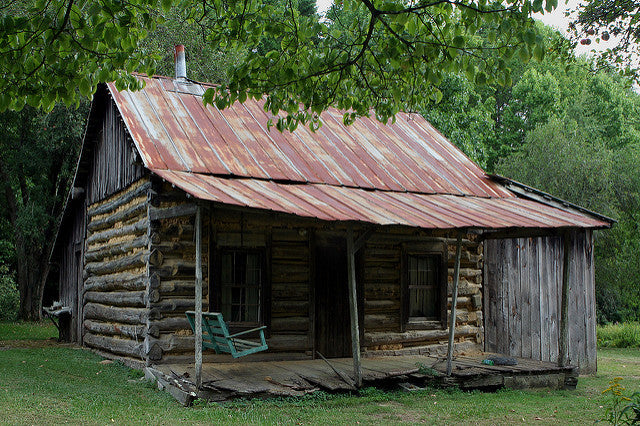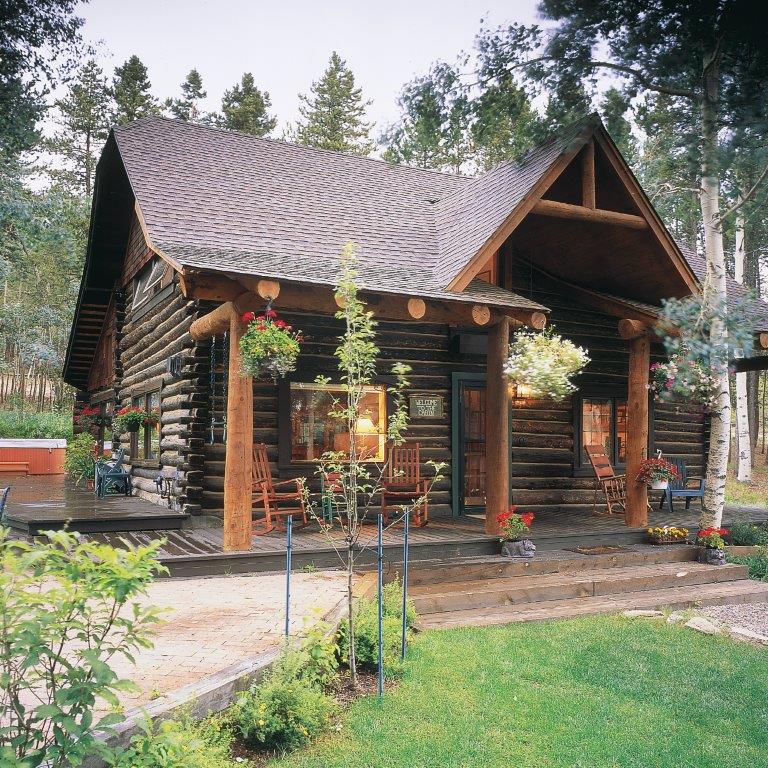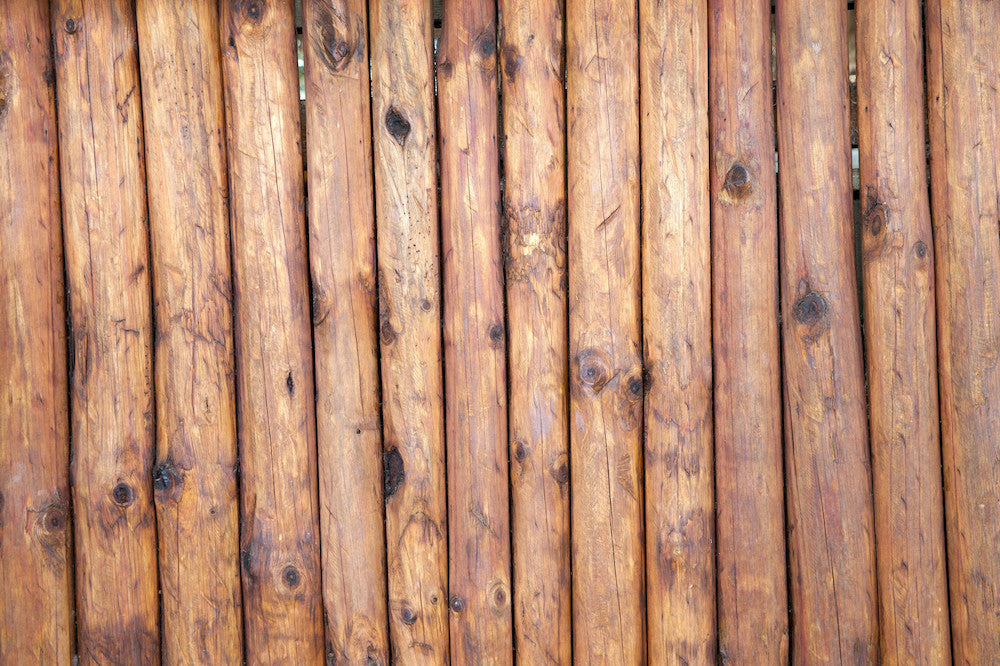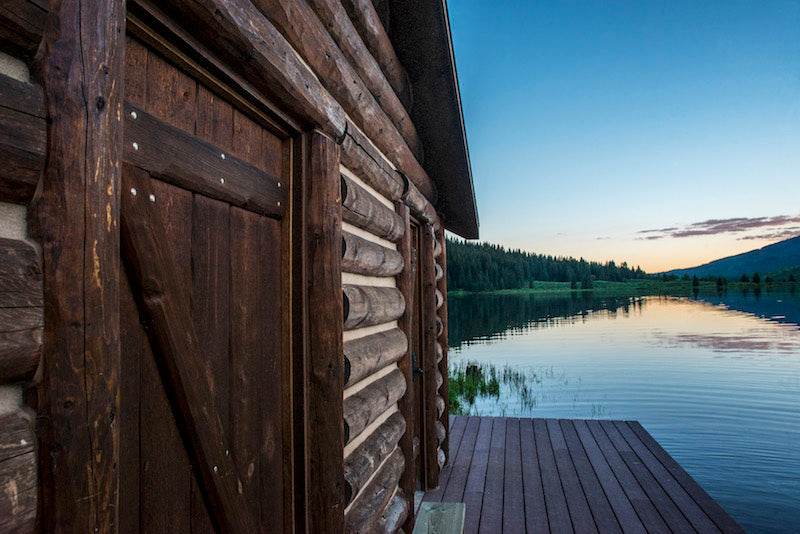5 Essential Tools for Restoring a Log Home

Restoring a log home is a rewarding project, but it's also one that requires attention to detail and a complete set of tools and supplies. Before you get started, be sure that you have these five essential tools needed for cleaning, stripping, repairing, and finishing your log home restoration.
Pressure Washer
When a log home requires substantial restoration, you'll want to start by cleaning the exterior thoroughly. From spiderwebs to dirt to grime, it's a safe bet that your log home's façade is buried underneath years of accumulated grime. A pressure washer is the best tool for the job, but be sure to choose one with low pressure. Professional-duty pressure washers work well on homes with vinyl siding, but older log homes need a more delicate touch, especially if there's a risk of rotting the wood.
Buffing Brushes
After cleaning your home's exterior thoroughly, it's time to remove what's left of the existing stain and smooth out the surface. Buffing brushes gently yet effectively remove raised grain and fuzzing, so you're left with an immaculate surface. Opt for a set of Osborn Nylon Buffing Brushes, and use them with a 4-inch variable speed polisher. Take the rotation down a notch, and use them at a speed of 1800 RPM so you don't risk burning or damaging the logs.
Wood Hardener or Wood Epoxy Paste
Before applying fresh stain or finish, it's important to check for wood rot or decay on your home's exterior. If your log home shows signs of soft wood, you'll need to address it before the problem worsens. Use a reliable wood hardener or a wood epoxy paste to minimize damage and strengthen decayed areas. Apply a product like PC-Rot Terminator Wood Hardener, and it will seep into soft areas before hardening into a durable surface. If you're looking for a more natural option, try PC-Woody Wood Epoxy Paste, which is made from wood but has better structural strength.
Wood Finish or Stain
No matter the vintage of your log home, a fresh wood finish or stain will make the exterior look as good as new. Before preparing the paintbrushes, however, think long and hard about how you want to finish your home. Transparent stains typically preserve the wood grain, so these are ideal for preserving the façade just the way it is. Color finishes add a natural tone to the wood, but they might require more frequent maintenance to protect your home from fungus growth and water damage.
Chinking
If your log home has endured years of severe weather or if it hasn't been maintained in decades, there's a good chance you'll need to reapply the chinking, too. Choose wisely, and opt for Triple Stretch Textured Log Home Chinking. Some chinking products are notoriously challenging to apply, but Triple Stretch makes the job easy and offers ample expansion and contraction to meet the needs of your home. Taking on a complete log home restoration project is rarely a quick task. When you have the right tools and resources, however, you'll do the job right the first time.
Image via Flickr by anoldent





